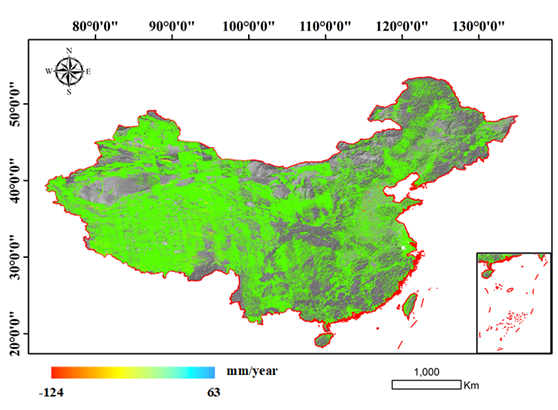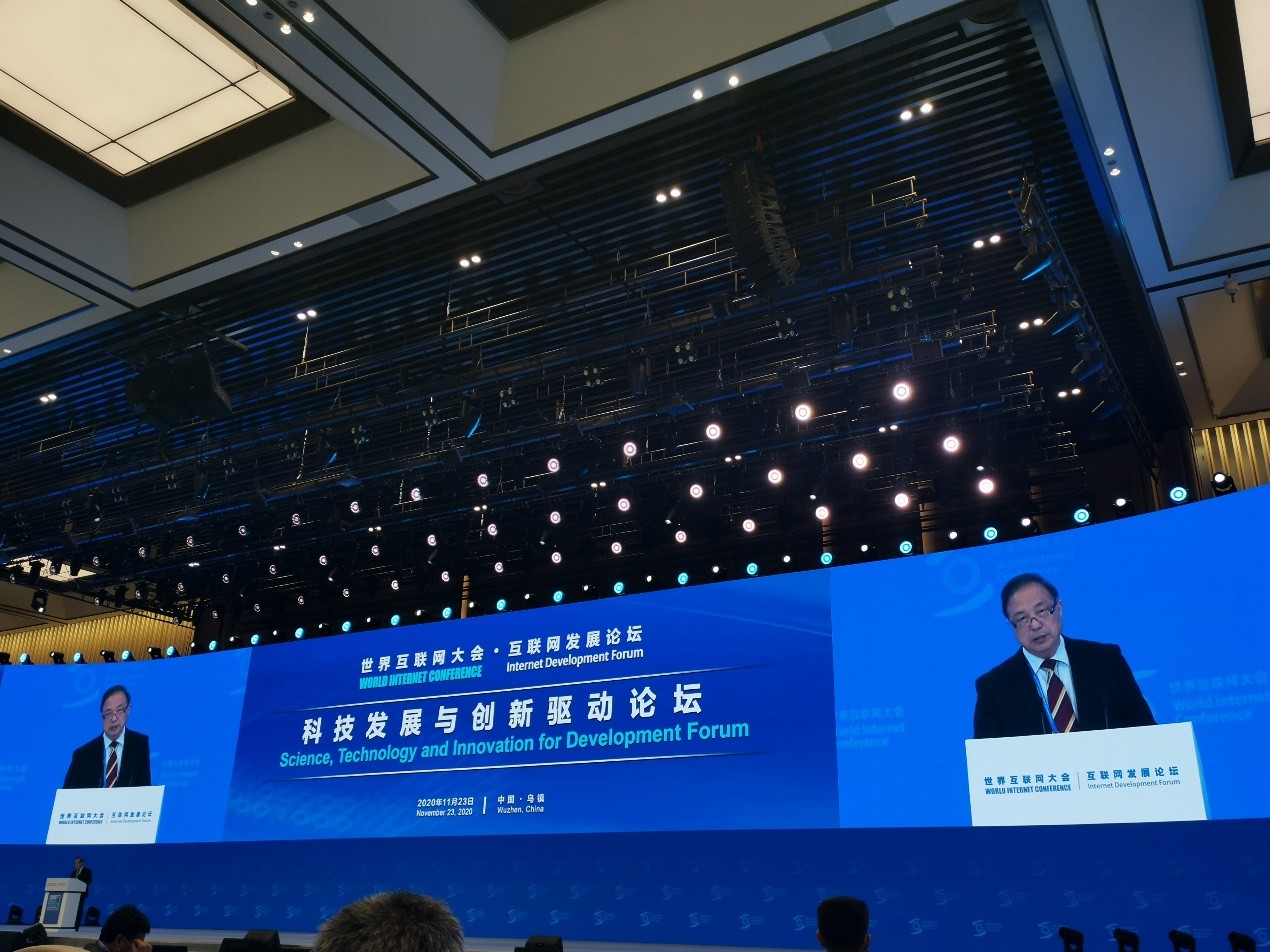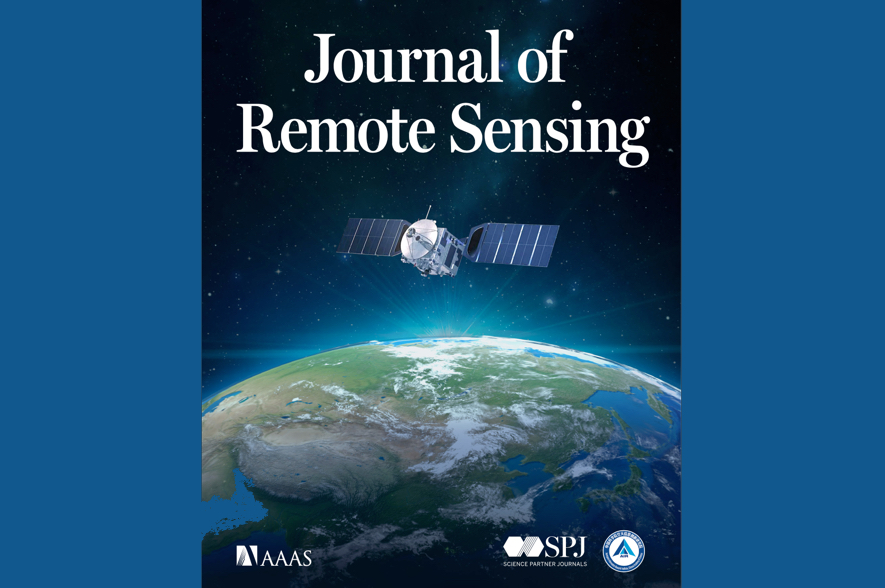-
 One-Third of Global Lakes Shift Color since 2000: Study
One-Third of Global Lakes Shift Color since 2000: StudyBEIJING, Feb. 9 (Xinhua) -- More than one-third of hundreds of 25-square-km and above lakes in the world have become clearer over the past 20 years, according to a new study published online in the journal Scientific Data.
February 10, 2021 -
 China Collects 100PB of Earth Observation Data
China Collects 100PB of Earth Observation DataBEIJING, Jan. 22 (Xinhua) -- China has collected around 100PB (about 100 million GB) of Earth observation data, according to the Aerospace Information Research Institute (AIR) under the Chinese Academy of Sciences (CAS).
January 22, 2021 -
 AIR Releases Nationwide InSAR Deformation Map
AIR Releases Nationwide InSAR Deformation MapA research team led by Prof. WANG Chao from the Aerospace Information Research Institute (AIR) of the Chinese Academy of Sciences (CAS), and their cooperators released a nationwide deformation map relying on China's first supercomputing based Interferometric Synthetic Aperture Radar (InSAR) processing system.
January 05, 2021 -
 New Data-sharing Platform Launched for Near-space Research
New Data-sharing Platform Launched for Near-space ResearchBEIJING, Dec. 10 (Xinhua) -- China has launched a platform for sharing near-space science data to facilitate research, according to the Chinese Academy of Sciences (CAS).
December 11, 2020 -
 GUO Huadong Expounds on Role of Big Earth Data at Internet Development Forum
GUO Huadong Expounds on Role of Big Earth Data at Internet Development ForumA main forum themed "Science, Technology and Innovation for Development" was jointly organized by the Chinese Academy of Sciences (CAS) and China Association for Science and Technology (CAST) to discuss the role of innovation in the development. Prof. GUO Huadong, a CAS Member, addressed the opening ceremony, saying that CAS is leading an effort to build an International Research Center of Big Data for Sustainable Development Goals to facilitate the implementation of the 2030 UN Agenda for Sustainable Development.
December 01, 2020 -
 Chinese Institute, Science Magazine Jointly Launch Remote Sensing Journal
Chinese Institute, Science Magazine Jointly Launch Remote Sensing JournalBEIJING, Nov. 2 (Xinhua) -- An institute under the Chinese Academy of Sciences (CAS) has partnered with the renowned Science Magazine to launch an English-language journal offering research in the field of remote sensing, which will publish its first issue online in early 2021.
November 02, 2020


